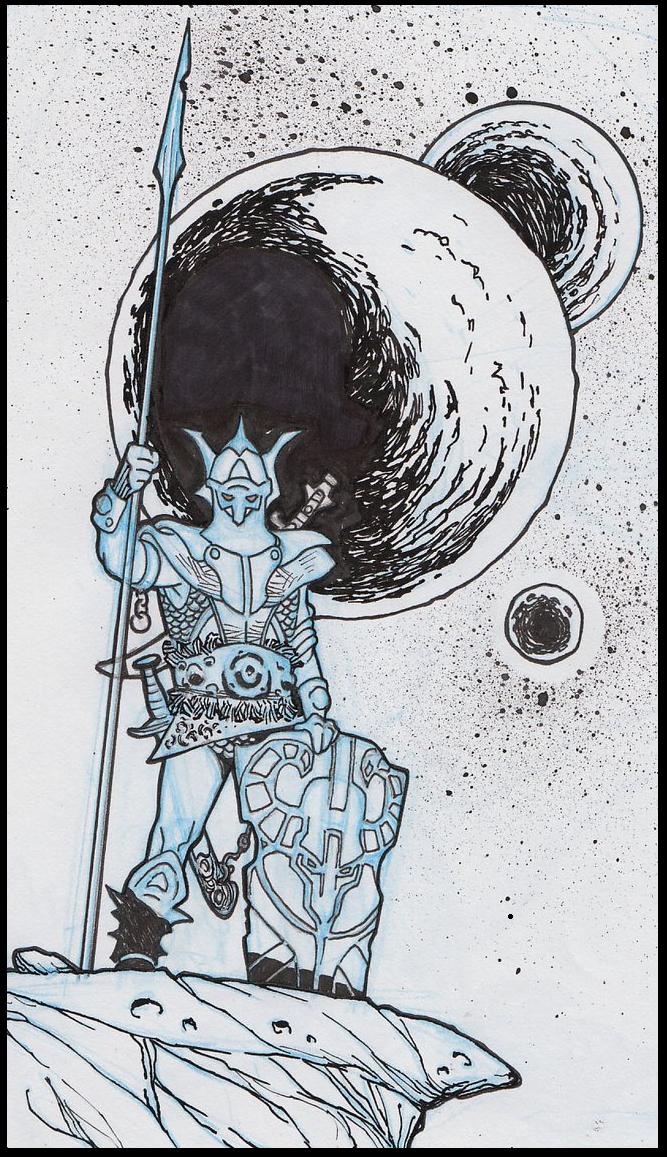Realms of Fantasy on Realms of Fantasy
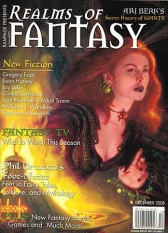 Following some of the recent discussion on the future of the magazine, including the Wednesday report here on the Black Gate blog that publisher Warren Lapine had written to warn subscribers that it might be shut down, Realms of Fantasy editor Douglas Cohen has weighed in with a State of the Union piece on the Realms website.
Following some of the recent discussion on the future of the magazine, including the Wednesday report here on the Black Gate blog that publisher Warren Lapine had written to warn subscribers that it might be shut down, Realms of Fantasy editor Douglas Cohen has weighed in with a State of the Union piece on the Realms website.
Creatively speaking, RoF’s future is looking bright and there is a lot to be excited about. Financially speaking… It’s fair to say we’re currently navigating some choppy waters. Behind the scenes, there has been some sacrifice involved in RoF reaching this point…. If we can get through this rough patch the magazine could be secure and stable for a very long time.
There’s been plenty of debate on both the announcement and just how fans should respond in other quarters as well, including a discussion kicked off by Nick Mamatas on how the magazine might have gotten the message out without appearing quite so doomed, some comments from long-time RoF (and Black Gate) author Richard Parks, a news story at Examiner.com, an exchange with editor Douglas Cohen at The Dreaded Sword, and of course ongoing discussion right here at Black Gate.
It’s tempting to treat this as just a news story and remain objective, but I’m not going to do that. Regardless of how you feel about how the message got out, Realms of Fantasy is a terrific magazine, one of the few professional fantasy publications that will publish and promote new writers, and it deserves your support.
You can buy a subscription here for just $19.99 for a full year.
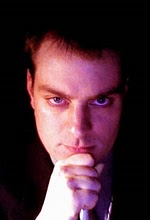 It gives me great pleasure to announce what some of you may have already heard — the talented Ryan Harvey, author and Black Gate blogger extraordinaire, has placed third in the International Writers of the Future contest for the First Quarter of 2010.
It gives me great pleasure to announce what some of you may have already heard — the talented Ryan Harvey, author and Black Gate blogger extraordinaire, has placed third in the International Writers of the Future contest for the First Quarter of 2010.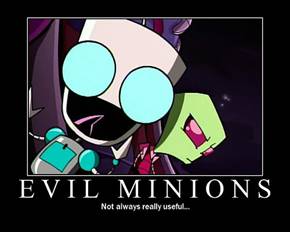 Ah summertime! With Memorial Day behind us we can finally relish the signs that warm weather is here to stay and the frigid months are at least temporarily a thing of the past. Though I am already counting down the less than five months until Halloween, even I am somewhat giddy in the abundant sunlight streaming in the office window, making it clear I haven’t dusted since the last full moon. Which reminds me…
Ah summertime! With Memorial Day behind us we can finally relish the signs that warm weather is here to stay and the frigid months are at least temporarily a thing of the past. Though I am already counting down the less than five months until Halloween, even I am somewhat giddy in the abundant sunlight streaming in the office window, making it clear I haven’t dusted since the last full moon. Which reminds me…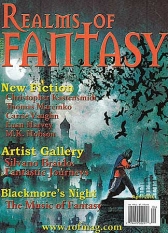 Reports have surfaced that Realms of Fantasy publisher Warren Lapine has written to subscribers of the magazine, telling them that if they don’t renew their subscriptions he’s going to shut it down.
Reports have surfaced that Realms of Fantasy publisher Warren Lapine has written to subscribers of the magazine, telling them that if they don’t renew their subscriptions he’s going to shut it down.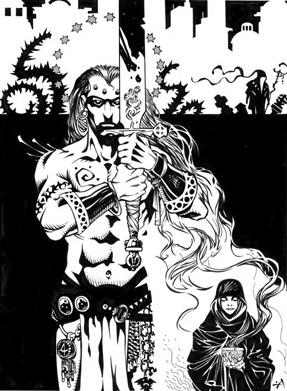
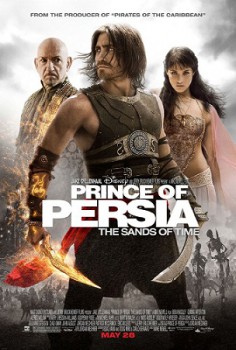 Prince of Persia: The Sands of Time (2010)
Prince of Persia: The Sands of Time (2010) The Cimmerian, one of the most respected websites devoted to heroic fantasy — indeed, perhaps the most respected —
The Cimmerian, one of the most respected websites devoted to heroic fantasy — indeed, perhaps the most respected —  , coming soon to a monitor near you. Looks promising.
, coming soon to a monitor near you. Looks promising. Back in 2005 I had the pleasure of lunching with Charlaine Harris, who was on a book tour celebrating the release of her fourth Sookie Stackhouse novel Dead to the World.
Back in 2005 I had the pleasure of lunching with Charlaine Harris, who was on a book tour celebrating the release of her fourth Sookie Stackhouse novel Dead to the World.